12 Weird And Wonderful Things To See in Winter
An Experience Like No Place Else On Earth
When Yellowstone National Park is covered in a blanket of snow, things can get a little weird.
With the 2.2-million acre park’s geothermal stew of geysers, hot springs, fumaroles and mud pots, dizzying array of wildlife, and a vast and diverse landscape, visitors are rewarded with an experience like no place else on Earth.
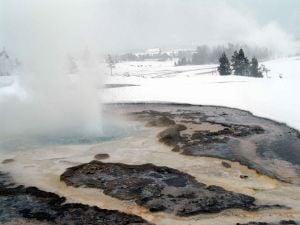
Here are just a few of the strange experiences visitors can expect during a winter visit to the park:
Ice Fog
When the conditions are just right, visitors will see light-reflecting ice crystals floating in the air, giving the illusion of fog. As the crystals drift through the air, they become natural, breathtaking sun-catchers, reflecting the sun’s rays.
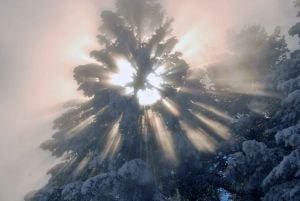
Monkey Flowers
Only a few inches tall, these strange yellow wildflowers grow around hot springs during the winter. They can survive because of their short stature and the heat of the springs. The monkey flower grows in the summer, too, around streams and springs.
Sheets of Ice
In the winter, Yellowstone Lake can have 136 square miles of ice. The ice can be two feet thick on the surface, but because of the park’s thermal activity, the bottom of the lake might still be boiling.
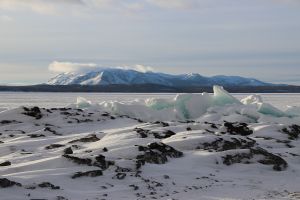
Ghost Trees
During the winter, rime ice from hydrothermal mist accumulates on tree branches. When combined with falling snow, these trees take on an eerie appearance and are known as “ghost trees.” These much-photographed trees are stunning to behold, but the ice can eventually cause tree limbs to break.
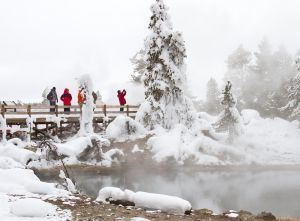
Visitors and Ghost Trees at Fountain Paint Pot Trail
Snowball Beards
Bison forage for food beneath the snow, and they can sometimes be seen with large clumps of snow and ice dangling from their chin hair. These oddly shaped “snowball beards” dangle precariously from a bison’s jaw until the weight forces them to break off, sometimes taking fur with them.
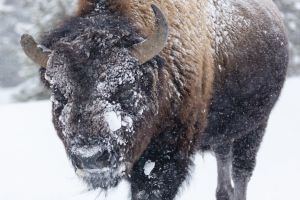
Snow Sculptures
The park’s powerful winter wind blows snow around like dust, and the resulting drifts, patterns, and formations, some strikingly and eerily symmetrical, are breathtaking.
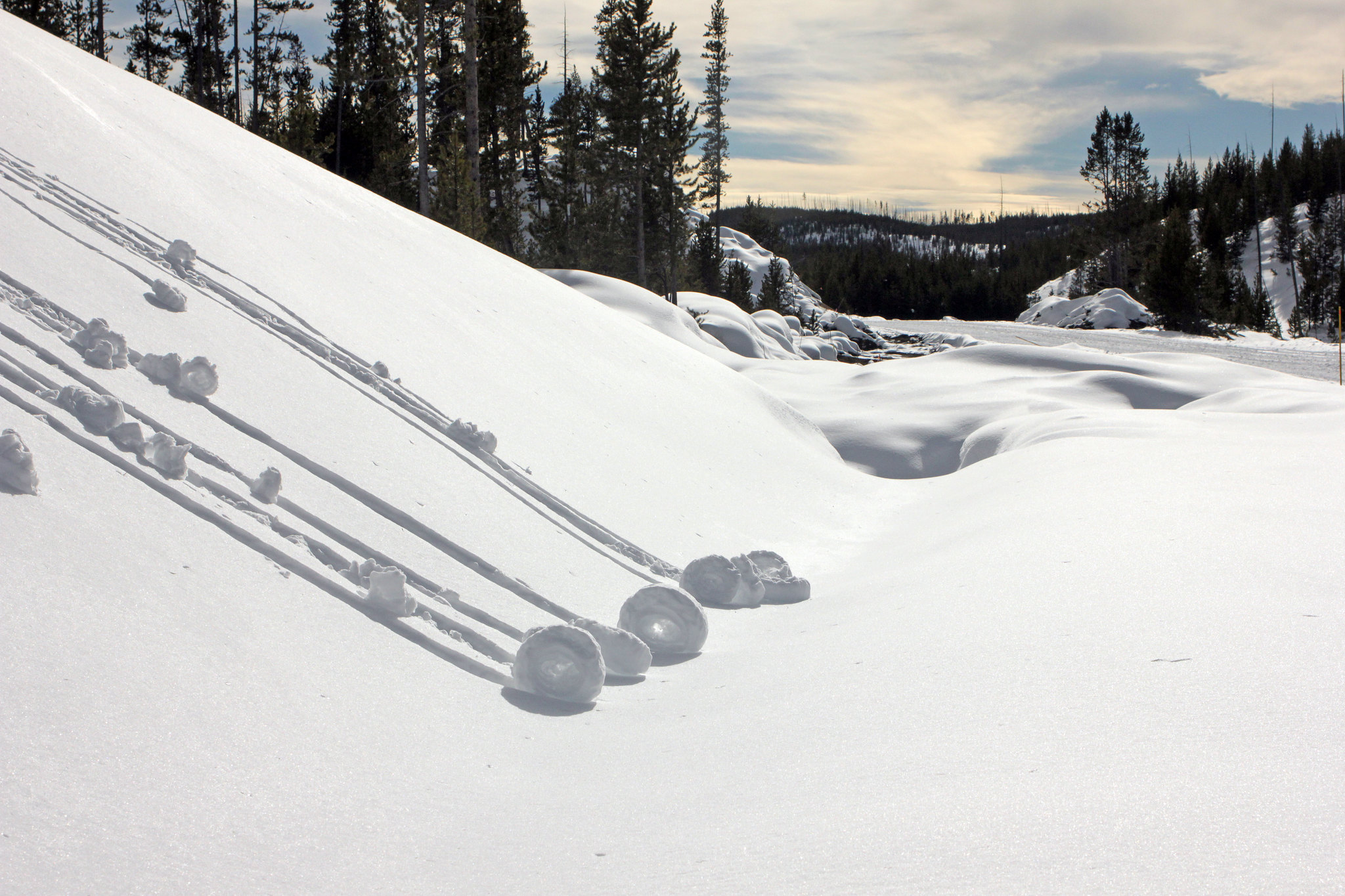
Snow rollers along Mammoth to Norris Road
But no Frosty
Even though the park receives an average of 150 inches of snow annually, visitors with a penchant for creating their own snowmen will be disappointed when they find it almost impossible to build a snowman using Yellowstone snow. The snow in the park is so dry that it doesn’t stick together like wetter snow found in more humid areas. Early or late snowfalls are exceptions in spring and fall, often resulting in wetter snow conditions.
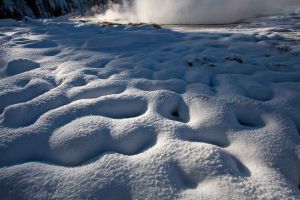
Snow Mirrors
Shiny, icy patches of snow form when the snow melts slightly and then refreezes, creating a smooth, reflective surface. When conditions are right, entire fields and mountains can appear shiny and reflective from a distance.
Rivers that Never Freeze
Despite the cold temperatures, the park’s Madison River, Firehole River, and numerous other rivers remain unfrozen. This is due to the mixing of their flows with hot water from geothermal features.
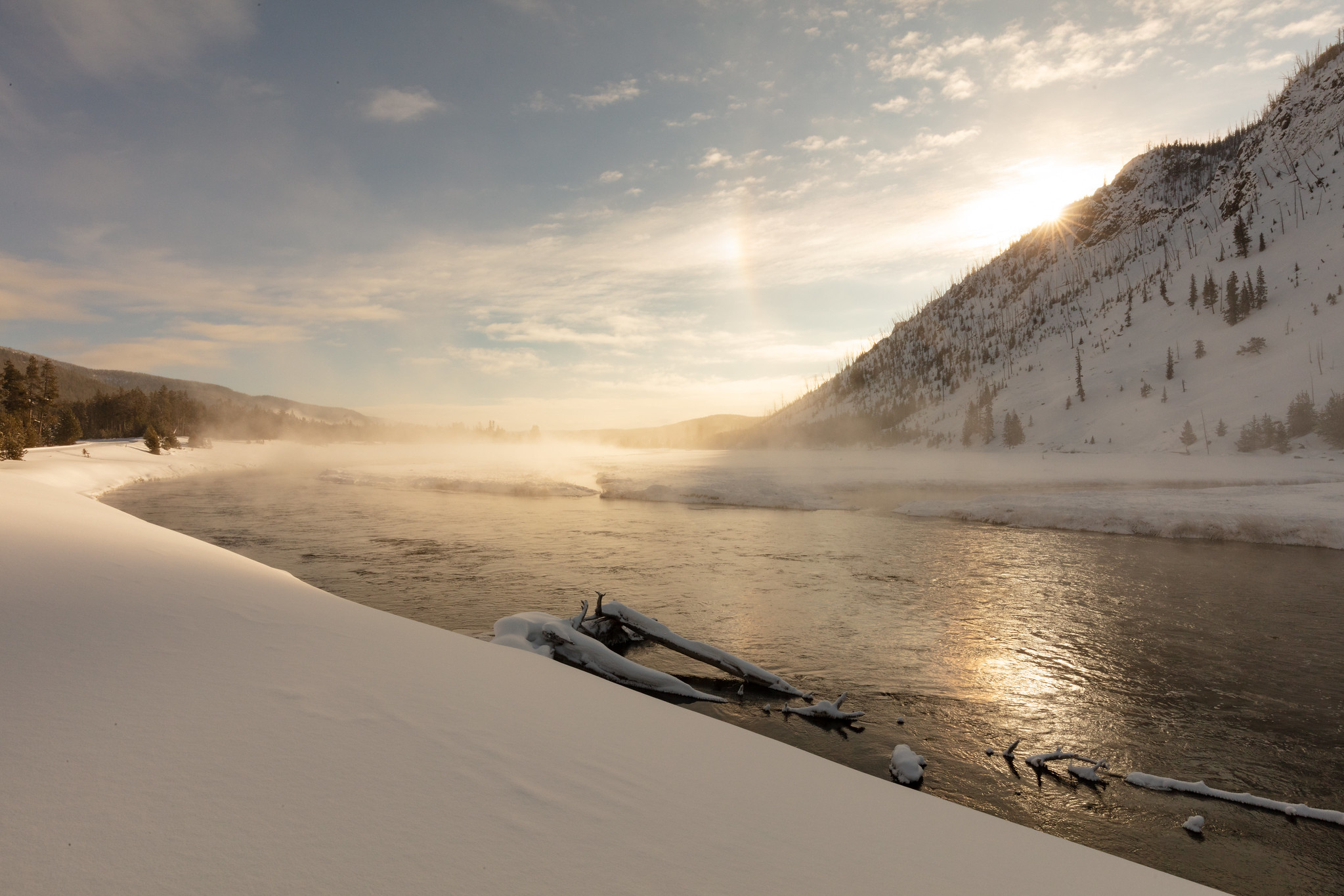
Sunrise and parhelion over the Madison River
Bison and the Old Faithful Inn
Most winter nights, visitors will find clusters of bison gathering near the Old Faithful Inn’s parking lot, as if waiting for accommodations in the historic lodge. The region is an especially popular bedding area because the geothermal radiation emanating from nearby geysers creates a cozy hot spot for the animals.
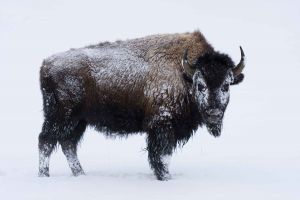
Geyser Rain
When the near-boiling-temperature water from a geyser shoots into frigid air, the resulting “geyser rain” looks like frozen ice pellets floating back to Earth.
Starlight Shadows
Thanks to Yellowstone’s dark skies, it’s possible to see one’s shadow created by starlight alone. The winter snow cover helps create the perfect surface for the shadows. The shadows can be faint, so one must allow enough time away from other light in order for the eyes to adequately adjust to the dark. But don’t forget to look up as well, as the star show is incredible thanks to the lack of light pollution.
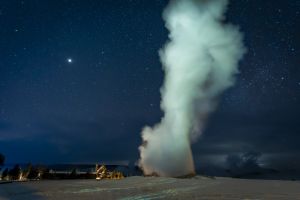
Old Faithful Geyser erupting on a clear winter night.
For A World of Unforgettable Experiences® available from Xanterra Travel Collection® and our sister companies, visit xanterra.com.
Want to experience Yellowstone in-depth? See what makes Yellowstone National Park a great place to work for a season or longer!
Book Your Adventure
- Book Your Adventure